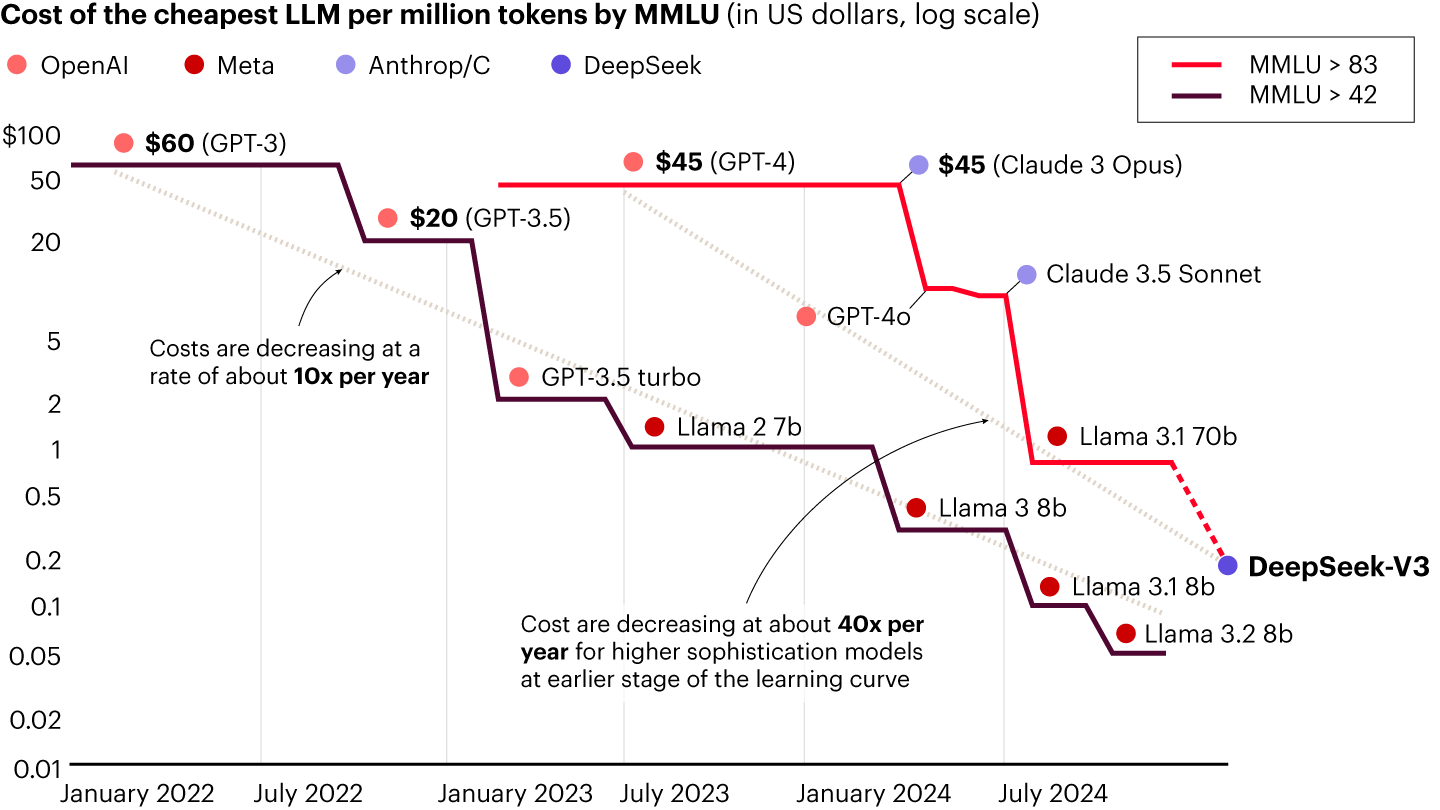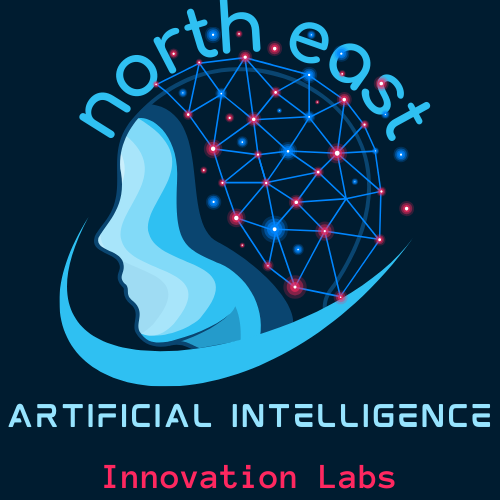The rise & rise of open source LLMs

A Little Intro
Large Language Models (LLMs) of late have revolutionized the field of artificial intelligence, enabling them to understand, generate, and interact with human language in unprecedented ways. From powering chatbots (the pop-up assistant in the lower right hand corner you see on the homepage of many companies websites) and virtual assistants (eg: Siri, Google Assistant) to aiding in content creation and code generation, LLMs like OpenAI’s chatGPT and Google’s Gemini have become integral to modern technology. However, alongside these proprietary models, a new wave of innovation is emerging: open-source LLMs. These community-driven, freely accessible models are reshaping the AI landscape by democratizing access to cutting-edge technology and fostering collaboration on a global scale.
Open-source LLMs, such as Meta’s LLaMA, Falcon by TII, and Mistral, are gaining traction for their transparency, customizability, and potential to address ethical concerns often associated with proprietary AI systems. By allowing developers, researchers, and organizations to inspect, modify, and build upon their frameworks, open-source LLMs are not only leveling the playing field but also accelerating innovation in AI.
Let's delve into the rise of open-source LLMs, exploring their growing importance, the factors driving their adoption, and the transformative impact they are having across industries. We’ll also examine the challenges they face and their potential to shape the future of AI.
What Are Open Source LLMs?
Open-source LLMs are large language models whose code, architecture, and often training data are made publicly available for anyone to use, modify, and distribute. Unlike proprietary models like GPT-4 or Gemini, which are controlled by private companies (OpenAI and Google respectively), open-source LLMs are developed collaboratively by communities of researchers, developers, and organizations.
Examples of prominent open-source LLMs include:
- LLaMA (Meta): A foundational model designed for research and commercial use.
- Falcon (TII): A high-performance model known for its efficiency and scalability.
- Mistral: A lightweight yet powerful model gaining popularity for its versatility.
- DeepSeek: The latest model whose news of its extremely low training time/cost sent US markets tumbling
These models are often hosted on platforms like Hugging Face, where developers can access, fine-tune, and deploy them for various applications. The open-source nature of these LLMs fosters innovation by enabling a wider range of users to experiment and build upon existing work. This is exactly what DeepSeek researchers did as well - adding reinforcement learning as an additional layer to reward itself for getting its answers right.
The Drivers Behind the Rise of Open Source LLMs
The growing popularity of open-source LLMs can be attributed to several key factors:
Cost-Effectiveness: Proprietary LLMs often come with high usage costs, making them inaccessible to smaller organizations and individual developers. Open-source models eliminate this barrier, allowing anyone to leverage state-of-the-art AI without significant financial investment.

Transparency and Trust: Proprietary models are often criticized for their "black box" nature, making it difficult to understand how they generate outputs. Open-source LLMs, on the other hand, allow users to inspect the underlying code and data, fostering greater trust and accountability.
Community Collaboration: The open-source ecosystem thrives on collaboration. Developers and researchers from around the world contribute to improving models, fixing bugs, and adding new features, leading to rapid innovation.
Ethical Concerns: Proprietary LLMs have faced scrutiny over issues like bias, misinformation, and lack of control. Open-source models empower users to address these concerns directly by modifying the models to align with ethical guidelines.
Customizability: Open-source LLMs can be fine-tuned for specific use cases, making them more adaptable than their proprietary counterparts. This flexibility is particularly valuable for niche applications in industries like healthcare, education, and finance.
Key Benefits of Open Source LLMs
Open-source LLMs offer several advantages that are driving their adoption:
- Democratization of AI: By making advanced AI tools accessible to everyone, open-source LLMs are leveling the playing field and enabling smaller organizations and researchers to compete with tech giants.
- Faster Innovation: The collaborative nature of open-source projects accelerates the pace of innovation. New ideas and improvements can be implemented quickly, leading to more robust and capable models.
- Transparency and Accountability: Open-source models allow users to scrutinize the data and algorithms used, reducing the risk of bias and ensuring ethical use.
- Cost Savings: Organizations can avoid the high costs associated with proprietary models by using open-source alternatives, which are often free or significantly cheaper to deploy.
- Community Support: Open-source projects benefit from the collective expertise of a global community, providing users with access to a wealth of knowledge and resources.
Challenges and Limitations
Despite their many advantages, open-source LLMs are not without challenges:
- Resource Requirements: Training and fine-tuning large language models require significant computational resources, which can be a barrier for smaller organizations.
- Quality Control: Ensuring the reliability and safety of open-source models can be difficult, as they are often developed by decentralized communities with varying levels of expertise.
- Legal and Ethical Risks: Open-source models can be misused for malicious purposes, such as generating harmful content or spreading misinformation. Addressing these risks requires careful governance and oversight.
- Fragmentation: The proliferation of open-source models can lead to fragmentation, making it difficult for users to choose the best model for their needs.
The Future of Open Source LLMs
The future of open-source LLMs looks promising, with several trends likely to shape their evolution:
- Increased Adoption: As open-source models continue to improve, they will see broader adoption across industries, including healthcare, education, and finance.
- Collaboration Between Stakeholders: Greater collaboration between academia, industry, and open-source communities will drive innovation and address challenges like resource requirements and ethical concerns.
- Regulation and Governance: As open-source LLMs become more prevalent, governments and organizations will need to establish frameworks to ensure their responsible use.
- Advancements in Efficiency: Future models will likely focus on reducing computational costs and improving efficiency, making them more accessible to a wider audience.
So, what next?
The rise of open-source LLMs marks a pivotal moment in the evolution of artificial intelligence. By democratizing access to advanced AI tools, fostering collaboration, and addressing ethical concerns, open-source models are reshaping the AI landscape and empowering a new era of innovation. While challenges remain, the potential of open-source LLMs to transform industries and drive progress is undeniable. As we look to the future, one thing is clear: open-source LLMs are here to stay, and their impact will only continue to grow.




